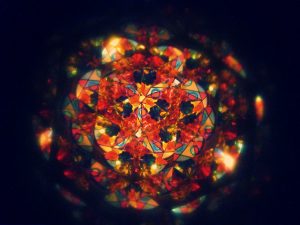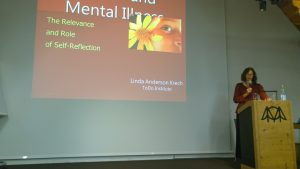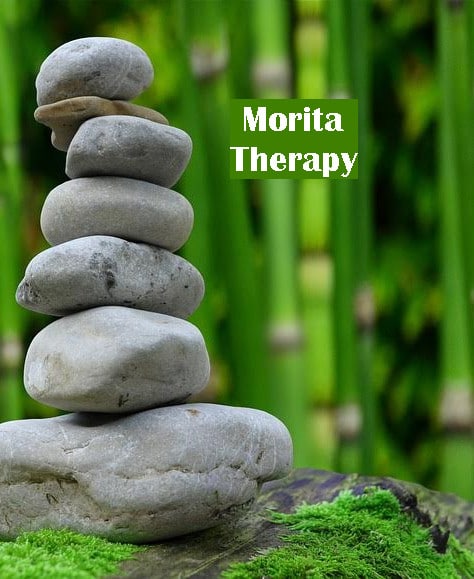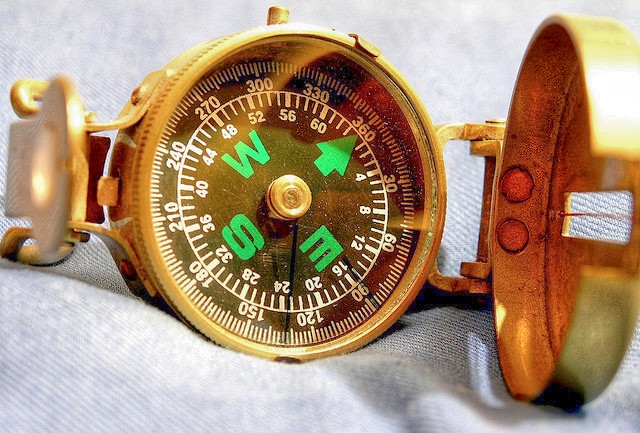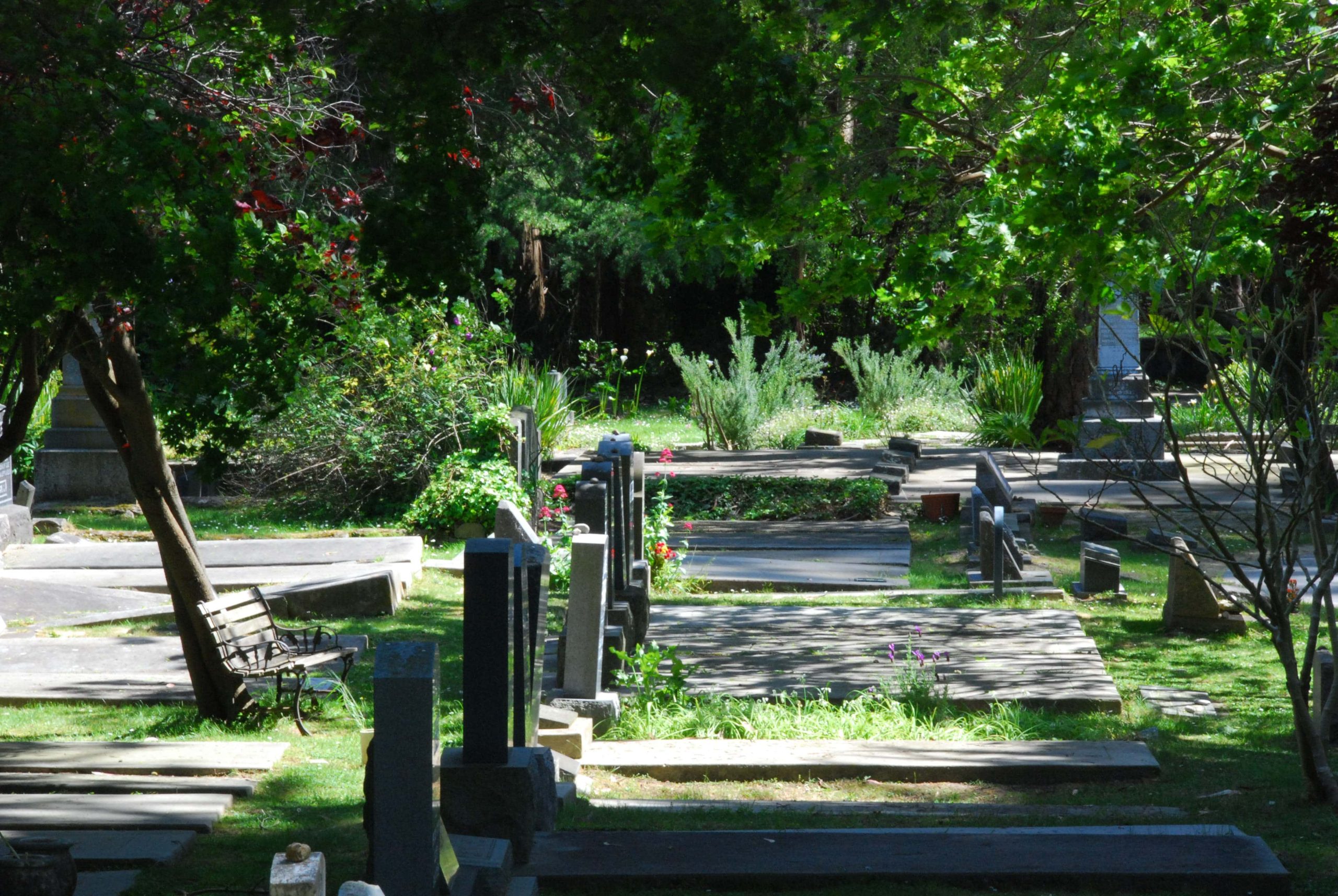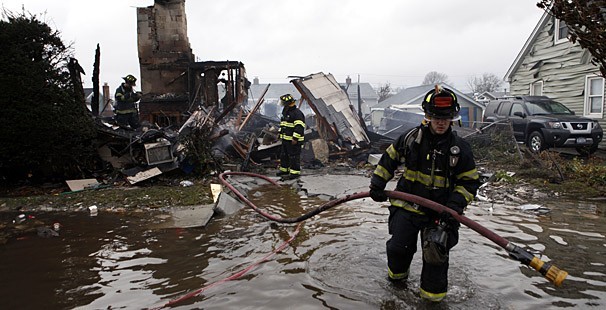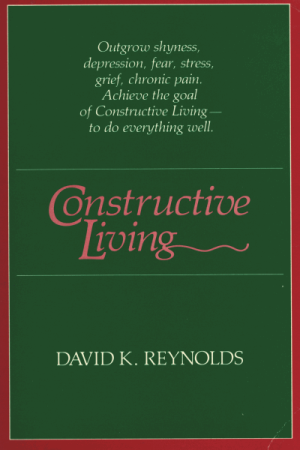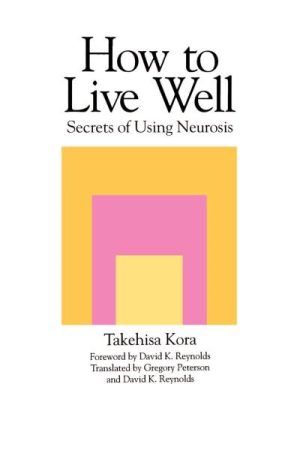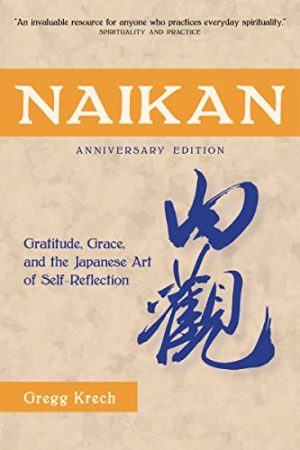NAIKAN AND MENTAL ILLNESS
For over ten years I worked very closely with people who have been diagnosed with serious mental illness. That work, which proved to be immensely rewarding, was prompted by a family member’s personal experience with mental illness. Through that event, I was suddenly exposed me to a world that I had known nothing about and confronted with a mental health system that was misguided and ineffective. This experience launched me on a mission to find a more compassionate and empowering way to respond to the needs of those facing mental illness.
Today I’m going to speak to you about my experience using Naikan and Morita Therapy with those who have a serious mental health diagnosis. In my role as director of a psychiatric rehabilitation program, first in New York and then in Vermont, I had the opportunity to integrate Japanese Psychology, both formally and informally, into the therapeutic community through classes, groups, practice exercises, individual sessions and ongoing discussions.
Naikan offered a gentle but profound method for questioning the story that members of our community were telling, primarily to themselves but often to others as well, when they were struggling with their lives — stories about who they were and where they came from, stories about how they were treated and where they fit in to the bigger picture of life. We all start with a story that might seem obvious to us, a story that develops naturally and without effort, and it is important to have someone listen to that story and try to understand our experience and our perspective. But it’s also important to know how to challenge that story and find out what else might also be true. Naikan, it turns out, provides a profound process for doing just that. Sometimes the original story merges with a bigger picture of realty, sometimes triggering a paradigm shift that changes our basic view.
I’d like to tell you two stories from my own life that reflect a paradigm shift . . .
When I grew up I had a friend who lived next door to me. We weren’t friends of the heart – we were more like friends of convenience – but we did spend a lot of time together. When Laura learned that I could not really see out of my right eye, she was fascinated.
“I never knew anyone before who was HALF BLIND”, she told me. I had never thought of myself before as half blind because I could see perfectly fine through my left eye. But Laura thought of me that way.
“You’d better be careful,” she would say, when we were outside tumbling around. “You only have ONE EYE,” And this made me feel like . . . a cyclops!
And no matter how many times I would tell her that I could see okay, she wouldn’t hear of it. If something happens to your good eye someday, you’re REALLY going to be blind.”
So one night I told my father about these disturbing comments of Laura’s, which were getting me really worried about my vision. And he came up with a good idea. He suggested that the next time she made one of these comments, I could say to her, “Laura, did you ever realize that . . . you only have ONE HEAD?”
(This is an excerpt from Linda’s presentation made at the 11th International Naikan Congress in Germany, Sept. 2016. The complete presentation will be available in the Fall 2016 issue of Thirty Thousand Days.)
Tags: Acceptance Mental Wellness naikan Relationships
